
The Hadza people, also known as Hadzabe or Bushmen, stand as the last bastions of authentic hunter-gatherer life in East Africa. Their ancestral abode sprawls across the expansive plain surrounding the shallow, saline waters of Lake Eyasi, cradled within the majestic walls of the Great Rift Valley. Here, amidst this hallowed landscape, around a thousand Hadza weave their existence.
Their roots run deep, tracing back nearly 10,000 years, with some anthropologists daring to propose an awe-inspiring history spanning 50,000 years. What the Hadza offer is a tantalizing glimpse into an era preceding the advent of agriculture. To anthropologists, they’re akin to “living fossils,” embodying a window into a time when humanity thrived through hunting and gathering.

In recent times, an increasing number of Hadza have made their way to Mangola, an enclave nestled at the bush’s edge within their traditional territory. Here, they engage in a cultural exchange with eager tourists, showcasing their unparalleled hunting prowess in exchange for financial support. These Hadza boldly demonstrate that their heritage is not just a treasure for themselves but a captivating allure to outsiders, presenting an opportunity to immerse oneself in a vibrant living history.
A visit to Mangola promises an adventure that transcends the ordinary—a chance to ignite fires with ancient methods, wield arrows with skill, and perhaps even partake in the primal pulse of a genuine hunt or gathering alongside the Hadza.
Ready to step into the embrace of this timeless culture and embark on an extraordinary journey of discovery?


Livelihoods of the Hadza
Within their population of around 1,000 individuals, a segment has chosen proximity to villages, engaging in roles as farm laborers or guides for tourists. Meanwhile, a resilient quarter to a third of the Hadza community steadfastly preserves their ancestral way of life as dedicated hunter-gatherers.
For these traditionalists, concepts like agriculture, animal husbandry, and food storage remain foreign. Their day commences within an empty camp, embarking into the savannah to procure sustenance. Hadza women adeptly gather berries, baobab fruit, and edible tubers, while men engage in the collection of honey and hunting.
Hunting, a pivotal aspect of their sustenance, involves the use of bows and arrows tipped with poison derived from desert rose plants, aiding in the successful pursuit of prey. A meticulous process follows, where the tissue surrounding wounds is carefully excised to prevent diners from ingesting the toxin. Although the traditional Hadza did not historically employ hunting dogs, this practice has been influenced to some extent by neighboring tribes.



Social Fabric of the Hadza
The Hadza people lead a nomadic existence, residing in camps that serve as loose assemblies of relatives, in-laws, and friends. Within these camps, a core group remains consistent, while others freely come and go, fostering a fluid social structure. Conflict resolution often involves feuding parties simply parting ways and joining different camps, an informal method of resolving disputes.
Traditionally, camps bear the name of a senior male member, though this designation doesn’t confer any specific authority, as the Hadza do not recognize official leaders. Individual autonomy remains a hallmark of Hadza society, yet a sense of communal sharing is evident when a hunter brings home a kill. The camp, with an average size of around 30 people, represents the largest number capable of sharing a substantial game animal, ensuring everyone feels reasonably satiated.

During the dry season, the Hadza sleep in the open, wrapped in thin blankets beside campfires, typically accommodating two to six people per hearth. Several fires create a wide semi-circle facing a common area cleared of brush. Conversely, in the rainy season, they construct simple domed shelters from interwoven twigs and long grasses, resembling upside-down bird nests. This construction process typically takes no more than an hour.
Camps often relocate for various reasons, from health concerns and conflict resolution to relocating closer to successful hunts, such as giraffes. When a camp relocates, its temporary structures naturally return to the earth, leaving no trace behind. With possessions limited to a cooking pot, a water container, an axe, and bows, the Hadza can wrap everything in a blanket and carry it over a shoulder.
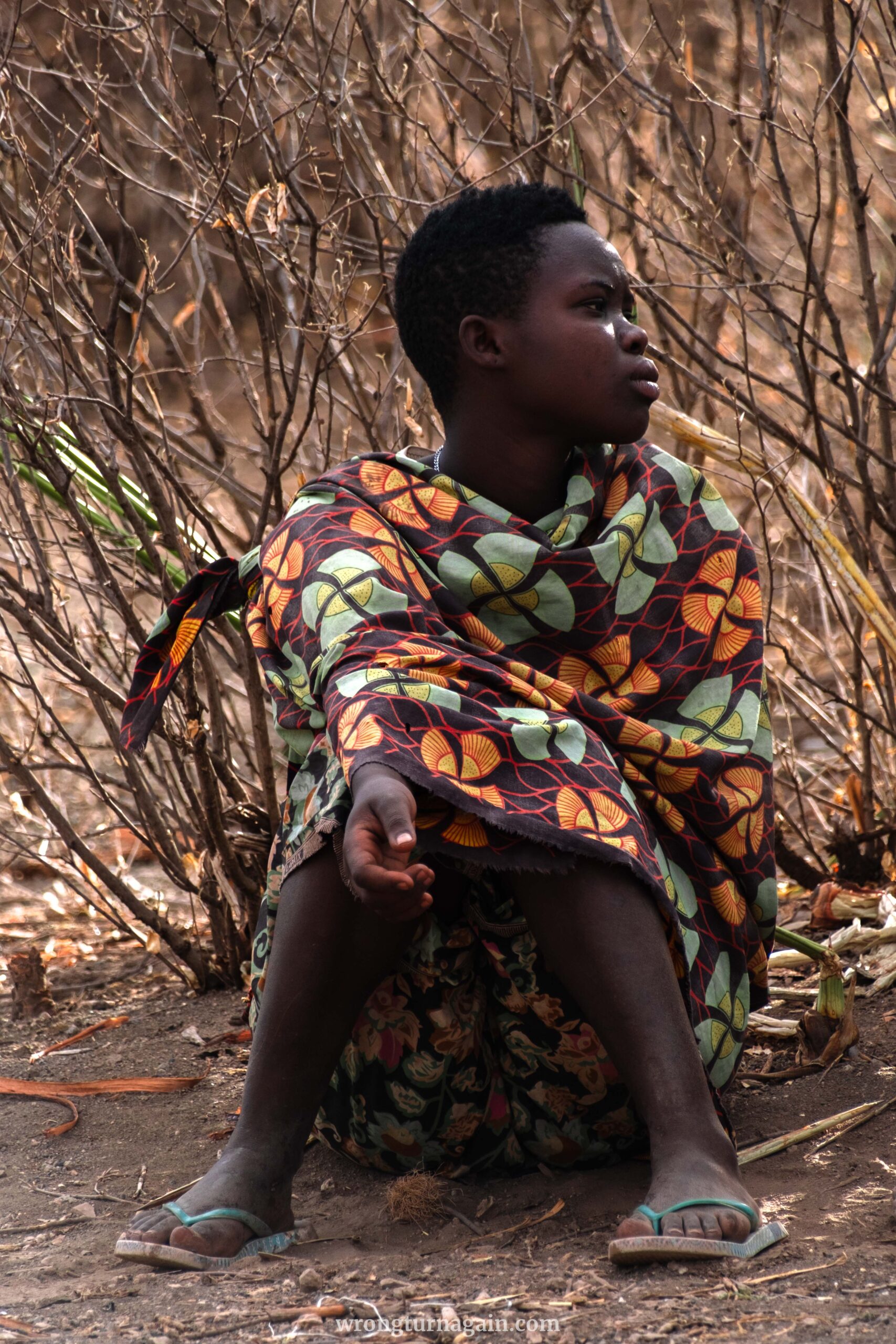
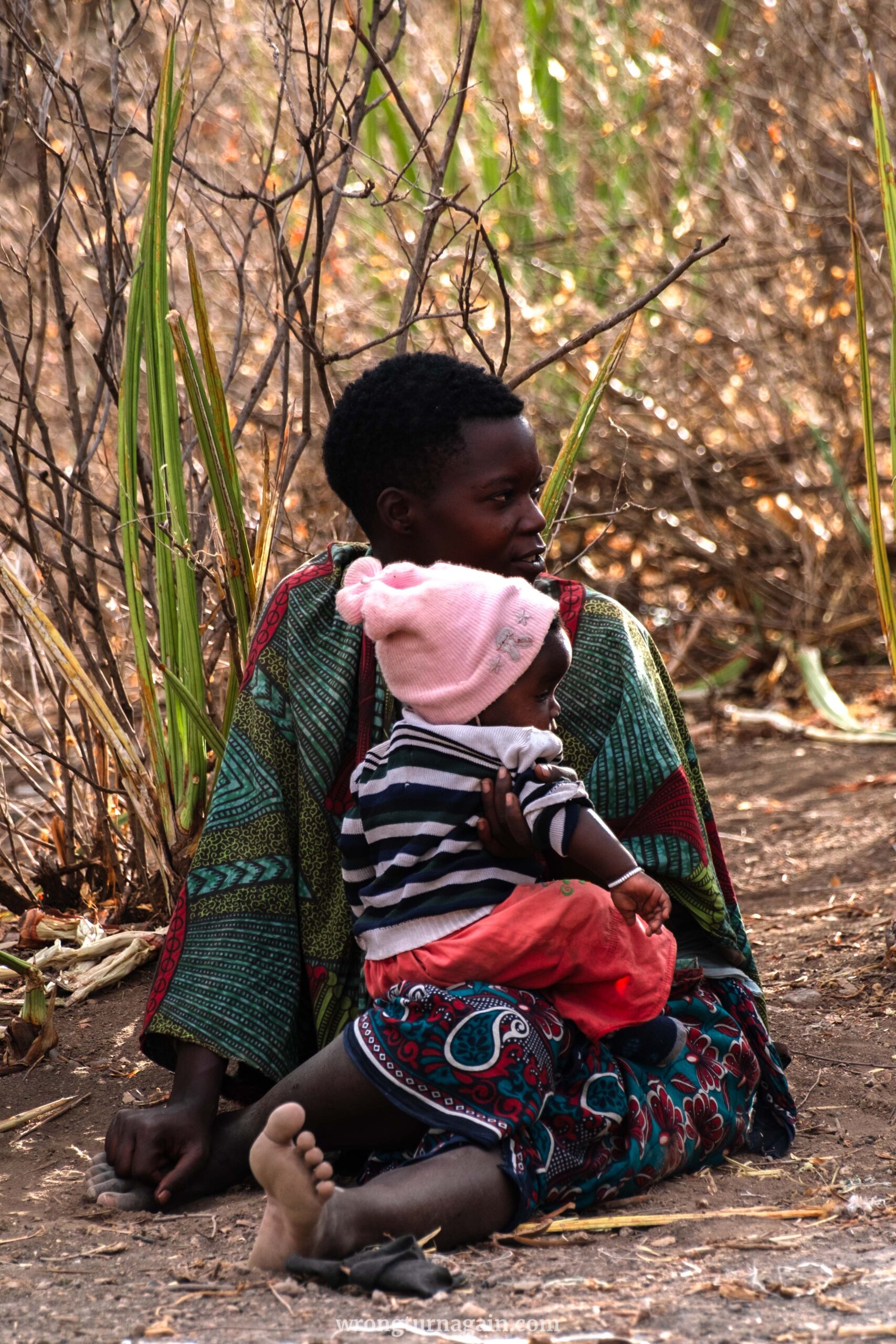
Formal wedding ceremonies are absent among the Hadza, and a prevalent practice within their community is serial monogamy. This pattern is observed among both men and women, with individuals opting to change partners every few years. Notably, women often take the initiative in ending relationships, especially when a man proves to be an incompetent hunter or mistreats his wife—a testament to the significant role and agency held by women within Hadza society.


Cultural Identity of the Hadza
The Hadza people intricately weave their cultural identity through language, attire, and ceremonial practices. Their linguistic uniqueness is encapsulated in Hadzane, a language adorned with unconventional tongue clicks and glottic pops, setting them apart in the vast linguistic landscape. While modernity has influenced their attire, with some embracing Western clothing, many Hadza continue to don traditional dried animal skins, connecting them to age-old practices.
One of the most intriguing facets of Hadza culture is their affinity for pipe smoking, a ritual deeply rooted in their traditions. Crafted from a hollowed-out, soft stone, the pipe is not merely a conduit for tobacco or cannabis; it symbolizes a spiritual communion with hunting fortune. The smoking materials are often procured through a fascinating exchange with neighboring groups, notably the Datoga, who trade tobacco or cannabis for the prized Hadza honey.

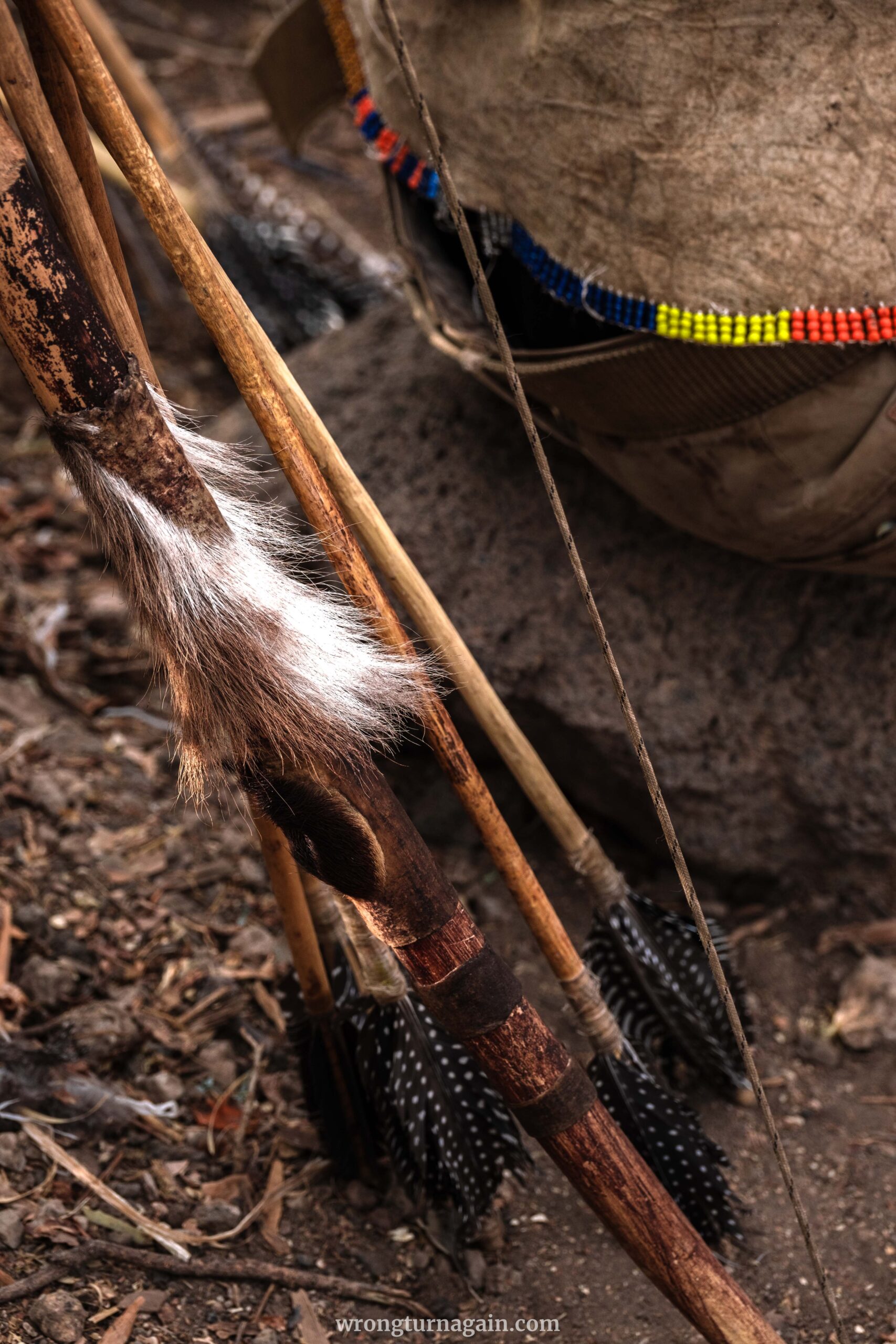
Central to their cultural fabric is the revered epeme dance, a highly significant ritual that unfolds on moonless nights. During this ceremonial event, men and women segregate into separate groups. While the women enchant with their melodic singing, the men, one by one, adorn feathered headdresses and fasten bells around their ankles. With synchronized stomping and rhythmic movements of the right foot in tandem with the singing, the men partake in a captivating strut. Legend has it that on these mystical nights, ancestral spirits emerge from the bush to join in the ethereal dance, adding an otherworldly dimension to this sacred tradition.


Beliefs of the Hadza
The Hadza’s unconventional beliefs and practices, marked by their detachment from traditional temporal constructs and minimalistic approaches to farewells and death, offer a thought-provoking glimpse into a society guided by the immediacy of the present and an intimate relationship with the natural world.
Unbound by the constraints of tracking years, hours, or social obligations like birthdays and religious festivities, they embrace a lifestyle remarkably liberated from the trappings of time. Despite the pressing concerns of sustenance and survival in the bush, their existence is remarkably devoid of the worries that typically accompany such challenges.


This present-focused approach stands in stark contrast to agricultural societies where meticulous planning, from sowing seeds to caring for animals, is essential for sustenance. For the Hadza, relying on the inherent abundance of the natural environment takes precedence. Their surroundings offer a bounty: from berry shrubs to the iconic baobab tree and the untamed wilderness providing an extensive meat storehouse.
The Hadza’s pragmatic worldview extends even to matters of life and death. Unconstrained by sentimentality, they shun prolonged farewells, and in death, simplicity prevails. A hole is dug, the body is placed within, a few dry twigs are tossed onto the grave, and without much ceremony, they walk away. In a bygone era, their approach was even more direct—leaving a deceased body exposed on the ground, a stark acknowledgment of the cycle of life and nature’s role in the process.

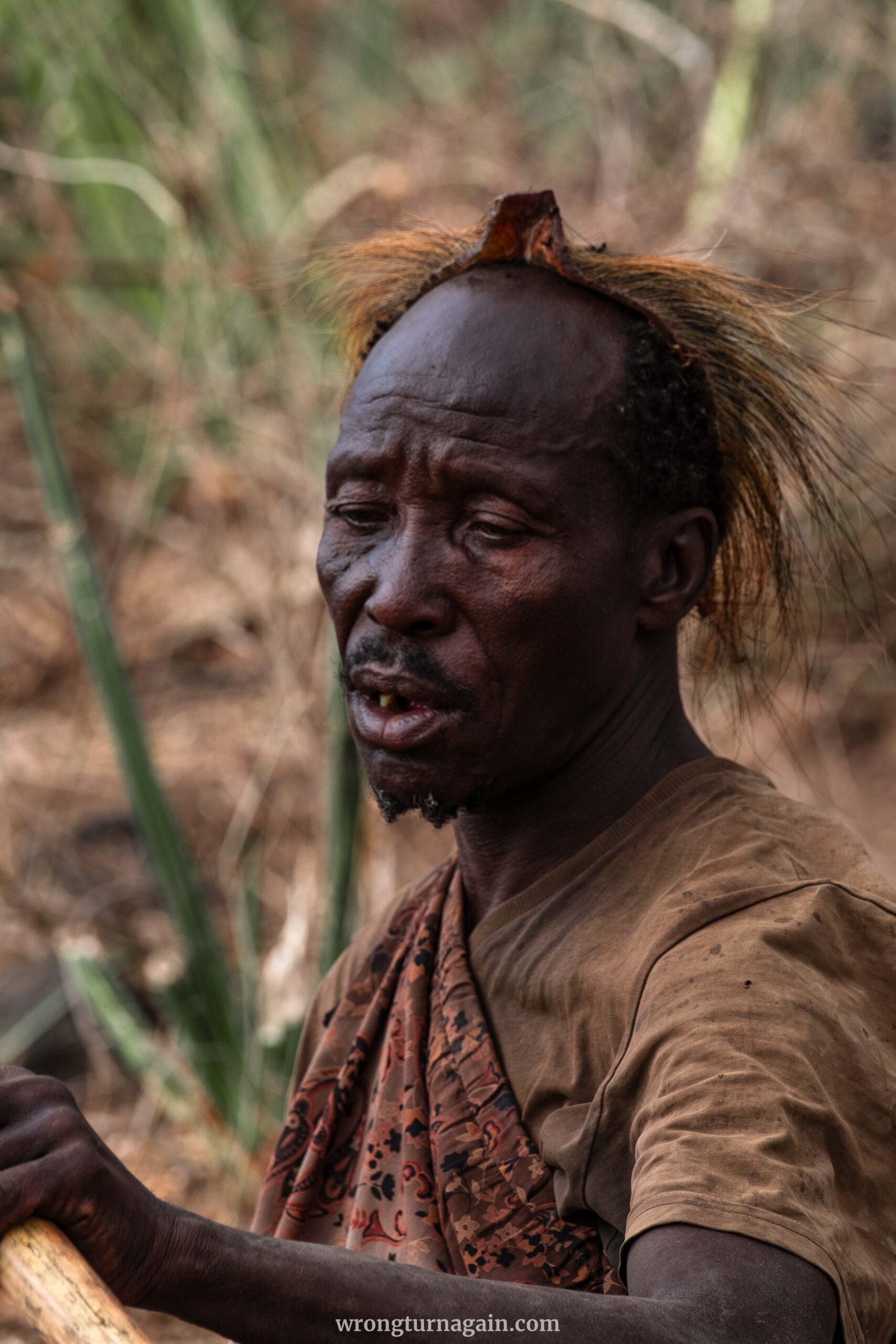

Contemporary Challenges Faced by the Hadza
The serene existence of the Hadza faces an escalating threat from the invasion of modern settlements and agricultural activities within their ancestral lands.
The Hadza bush, once a pristine haven, now hosts cattle herders, goat herders, onion farmers, corn growers, sport hunters, and game poachers, each contributing to the gradual erosion of the Hadza’s traditional domain. Water holes, essential for survival, are tainted by the presence of cattle, while the very vegetation that sustains the Hadza is trampled beneath the hooves of domesticated animals. Berry groves and trees, vital sources of sustenance, are ravaged and destroyed, forcing the Hadza to contend with the loss of crucial resources.
The impact extends beyond the physical landscape. Game animals, essential for the Hadza’s sustenance, have migrated to national parks, rendering these vital food sources inaccessible. Over the past century, the Hadza have witnessed the disheartening loss of as much as 75-90% of their homeland, an existential threat to their cultural heritage.

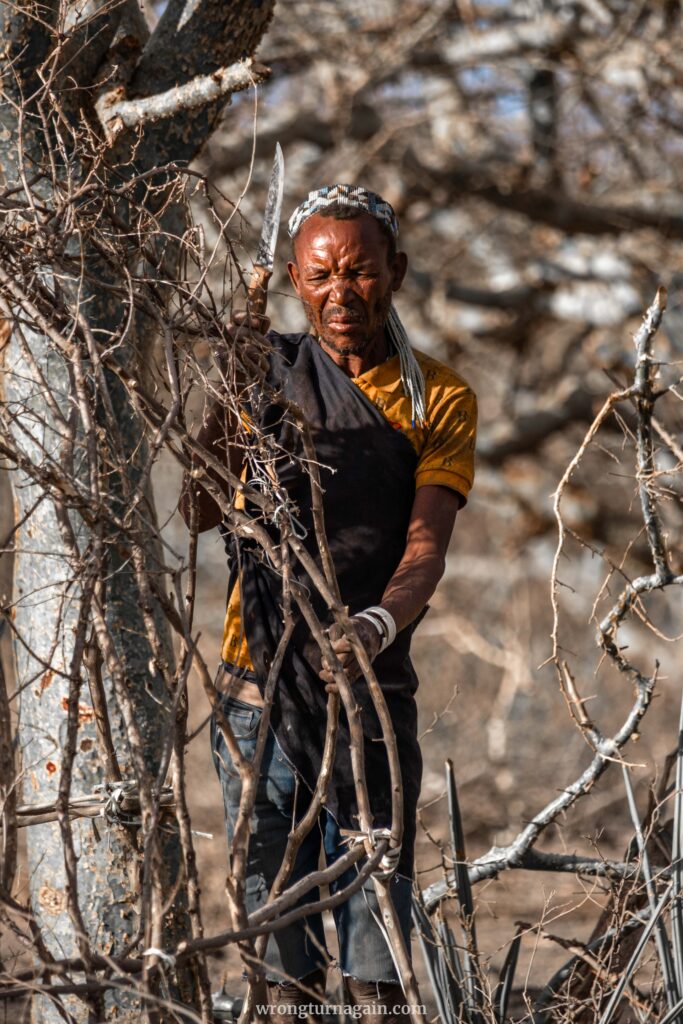
In addition to environmental threats, the Hadza face disdain and misunderstanding from government representatives who perceive their traditional lifestyle as regressive. The leaders advocate for the Hadza’s assimilation into mainstream society, promoting education, settlement, and formal employment, disregarding the intrinsic value of their indigenous heritage.
Moreover, the Hadza in closer contact with tourists, particularly in Mangola, grapple with a surge in alcoholism, an outbreak of tuberculosis, and a distressing rise in domestic violence. Such distressing incidents, including reports of fatal domestic abuse, underscore the fragile state of the Hadza’s social fabric in the face of modern influences.


How to Visit the Hadza
The Hadza people predominantly inhabit the northern region of Tanzania, particularly around Lake Eyasi in the Manyara Region. While Lake Eyasi might not draw as many visitors compared to the region’s more renowned attractions, chances are your journey will take you through this northern wonderland, whether for a Kilimanjaro trek or to explore the famed Serengeti and Ngorongoro on a safari. Should you find yourself in this region, grasp the opportunity to embark on an extraordinary expedition to encounter the Hadza and their neighboring community, the Datoga.
During a visit to the Hadza, you’ll likely witness intriguing customs—an immersive experience as they prepare, adorning themselves with baboon fur headdresses, indulging in ritualistic smoking of tobacco-like leaves from khaki bushes to invoke hunting luck, and crafting arrows from sandpaper tree twigs. They’ll eagerly demonstrate fire-starting techniques and invite you to test your skills with bow and arrow, all while treating you to traditional dance performances.
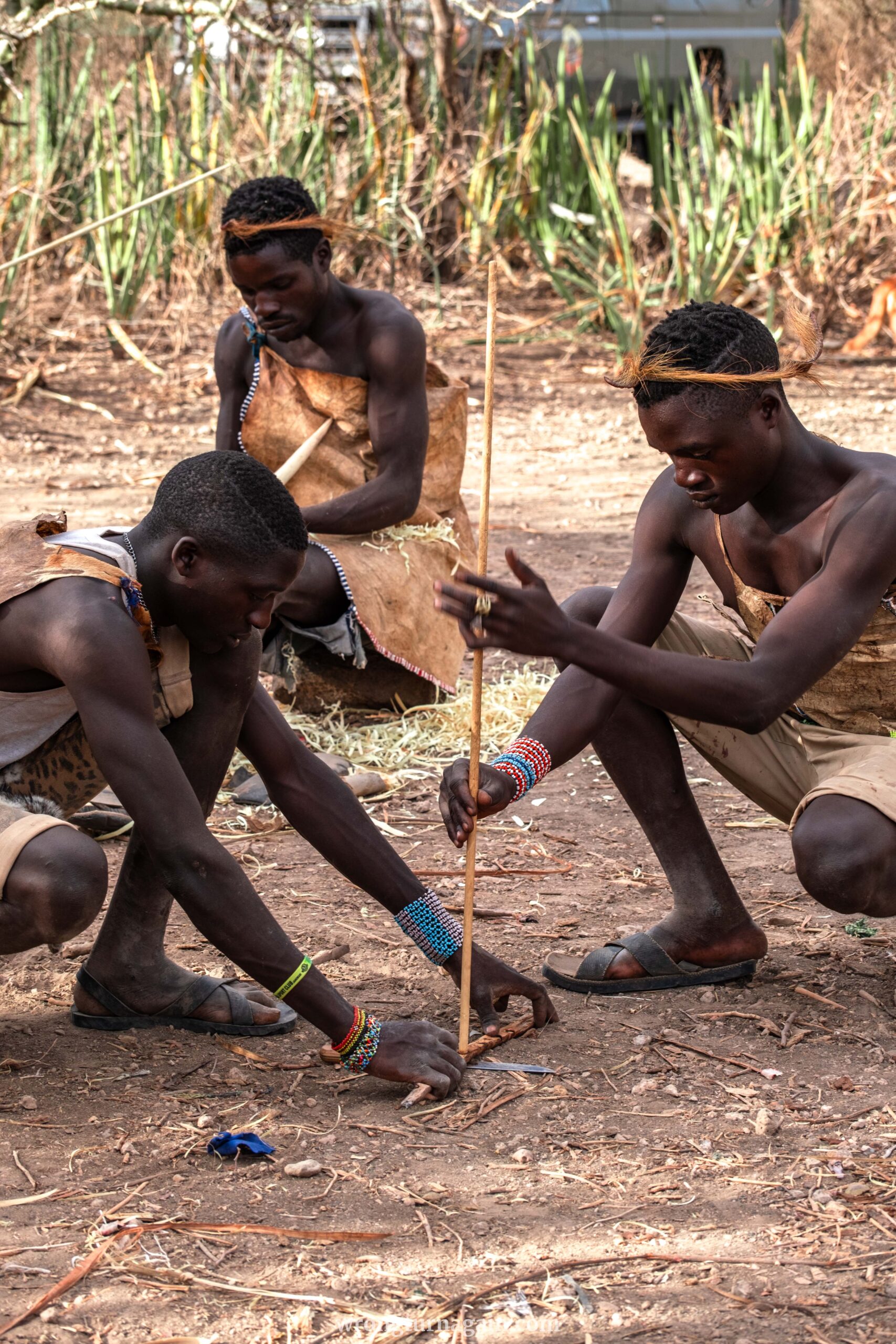

An early morning arrival might even offer the chance to accompany the Hadza on a hunting excursion around Lake Eyasi, while an afternoon visit could include a market encounter where the Hadza trade their honey and fruits for knives, arrows, and spears crafted by Datoga silversmiths.
For seamless travel arrangements, consider organizing 2- or 3-day trips from Arusha or integrating Lake Eyasi into your safari itinerary. Keep in mind that self-guided tours are not permitted, necessitating the presence of a local guide regardless of your chosen route. Here’s a comprehensive guide to accessing Lake Eyasi:
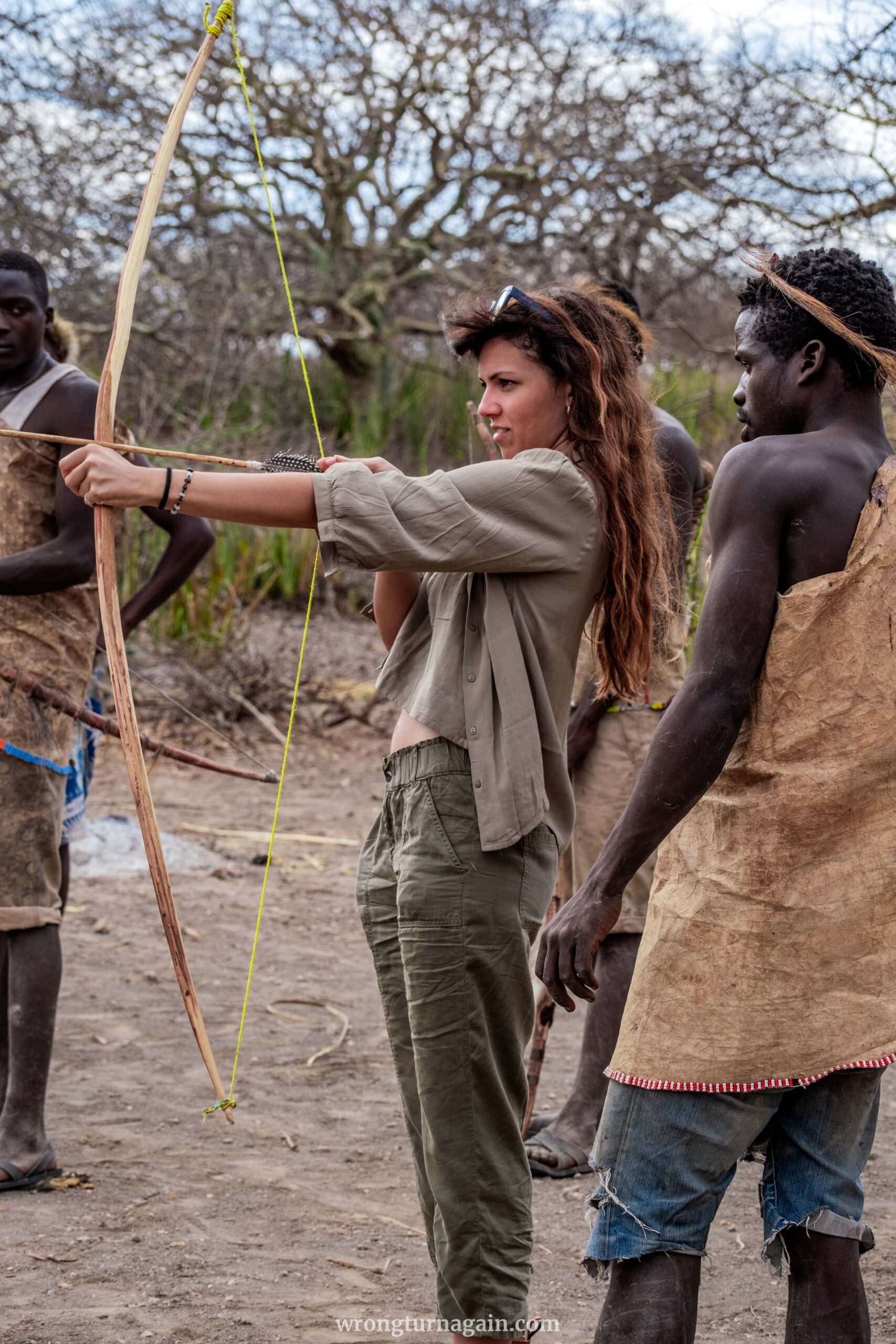

Guided Tours from Arusha or Moshi
When your northern Tanzanian adventure revolves around Kilimanjaro or Mount Meru exploration, bases like Arusha or Moshi are likely starting points. Arusha, about 190km from Eyasi, demands a 4-hour journey, while Moshi, 90km prior to Arusha, extends the travel time to 6 hours. Given the distance, a day trip isn’t feasible, making organized 2 or 3-day tours from either town the most practical choice.
The all-inclusive tours offer pick-ups, accommodation, and knowledgeable guides facilitating interactions with local tribes. However, they often come at a higher cost. Additionally, missing out on the Ngorongoro Crater —a quintessential highlight of any Tanzanian trip—could leave you with regrets. Hence, when selecting a tour, prioritize those that incorporate a visit to Ngorongoro Crater alongside your Lake Eyasi experience.
— BY ORGANIZED TOUR —
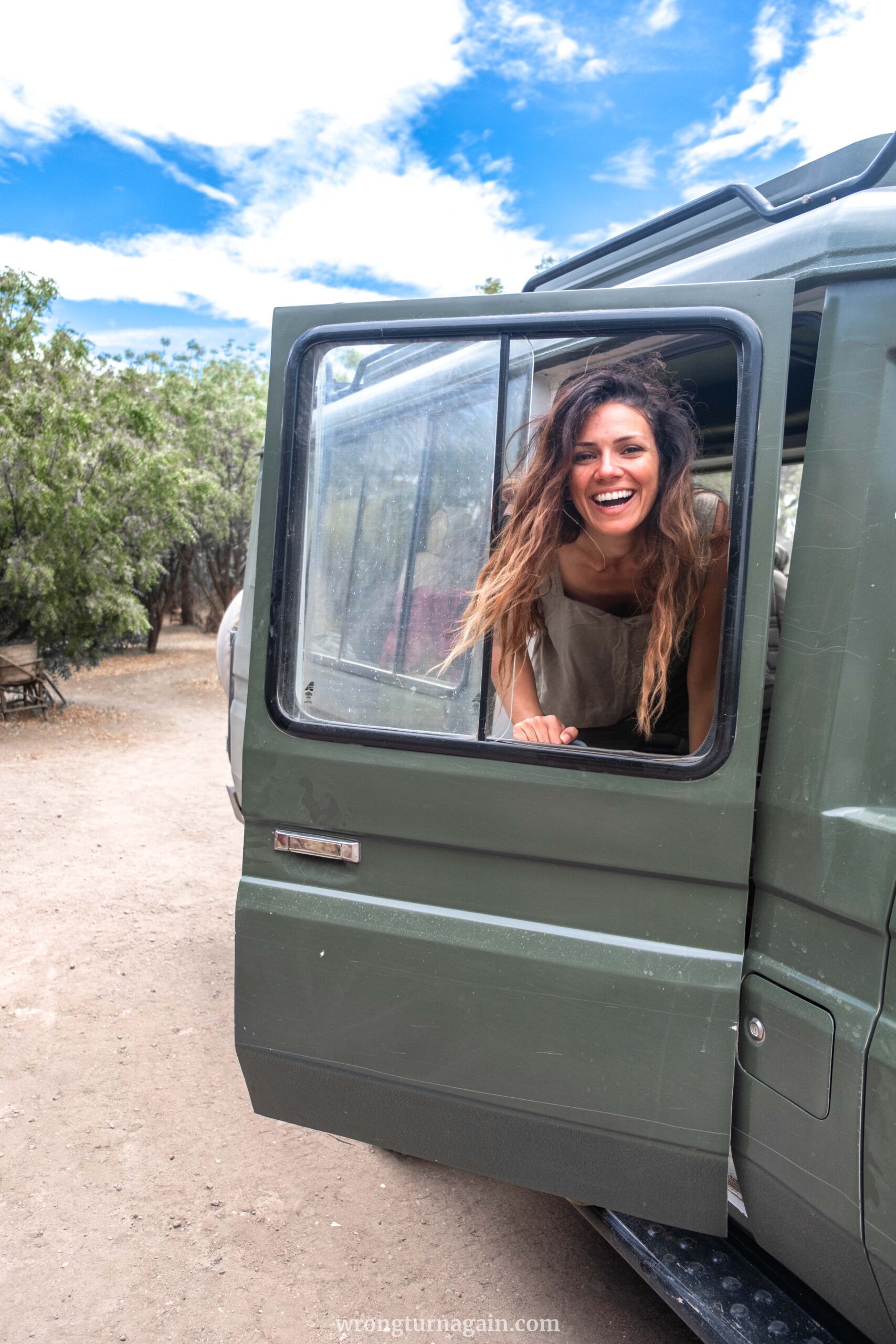

Incorporating Lake Eyasi into Your Safari
For safari enthusiasts, consider partnering with a tour operator specializing in customizable experiences. Express your interest in including Lake Eyasi as an additional stop or an extension to your existing safari itinerary.
Your chosen safari operator will handle logistics, including suitable transportation—usually 4×4 vehicles due to road conditions— and coordinate with local guides for immersive experiences with the Hadza. Ensure your package covers permits or entry fees for Lake Eyasi and the local tribes.
This approach seamlessly integrates Lake Eyasi into your safari journey, fittingly positioned as you exit or enter Ngorongoro and Serengeti. Importantly, it avoids significant cost increases, being part of your overall safari tour rather than a separate excursion.
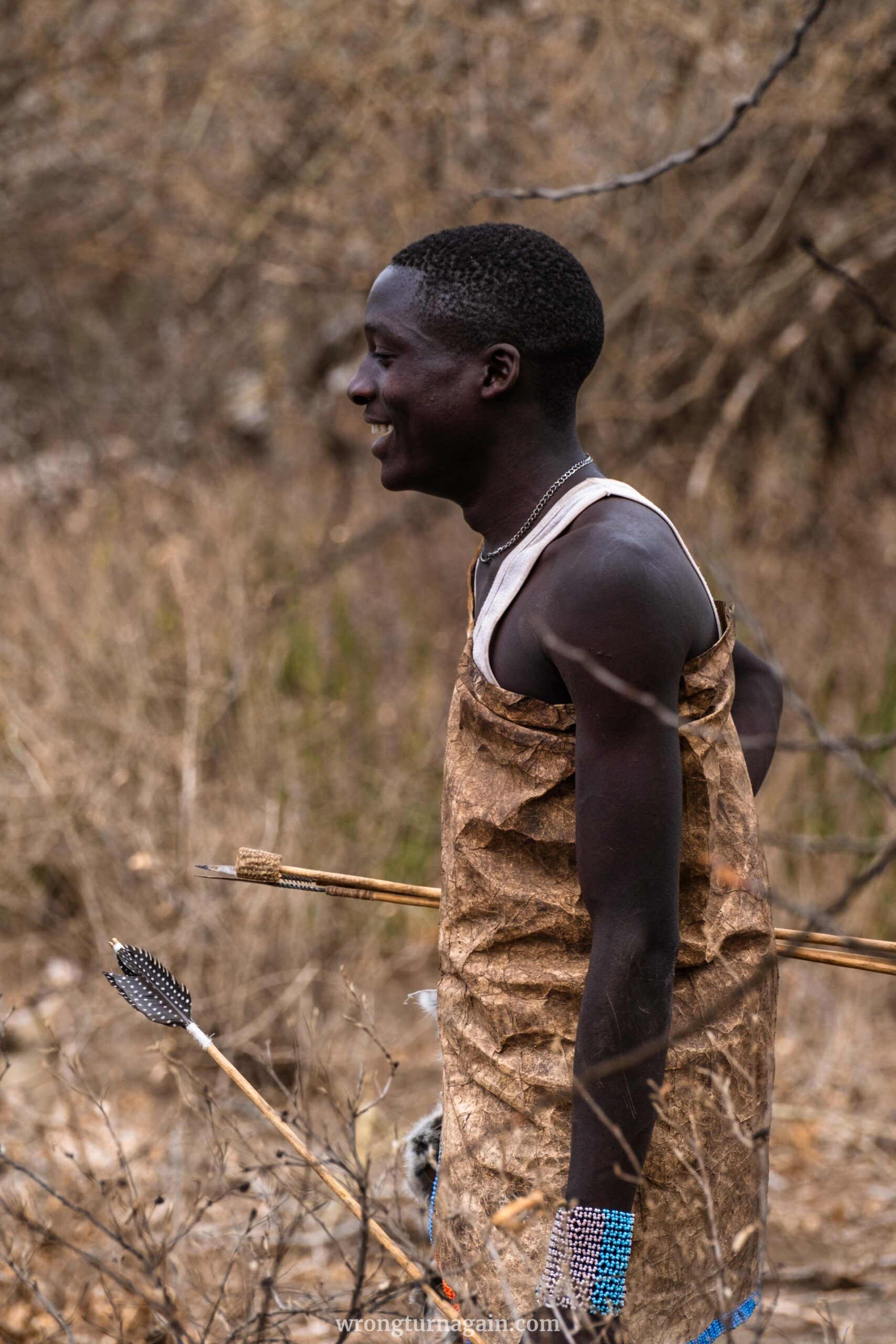
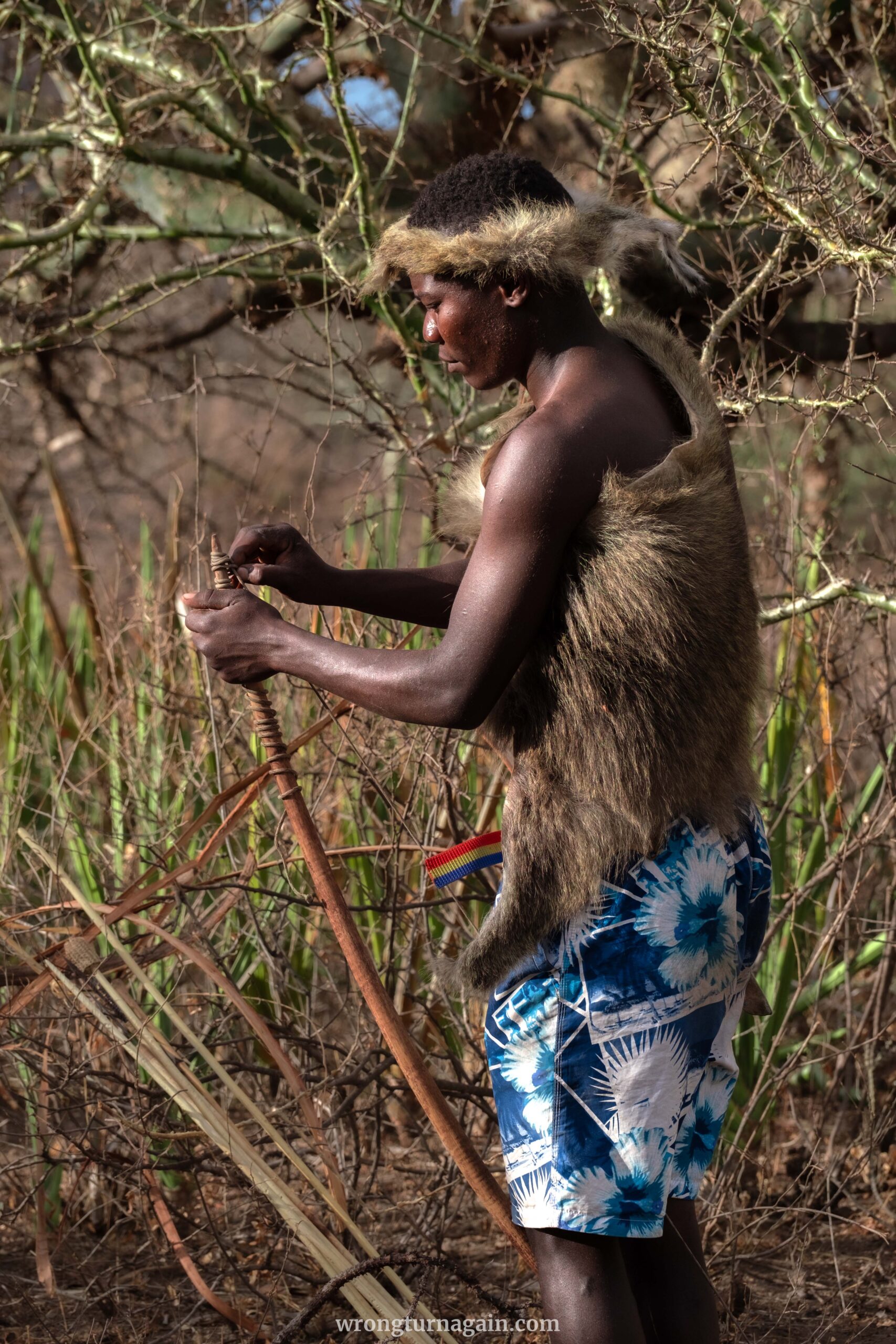

If integrating Lake Eyasi into your safari seems challenging, particularly in shared safari scenarios, consider asking your safari driver to arrange a drop-off or pick-up at Karatu, just 40km from Lake Eyasi. From there, organize a taxi to Gorfan, where several accommodation options await, along with the Cultural Tourism Office. They can assist in securing a guide who will pick you up the next morning for an immersive tour with the Hadza and Datoga tribes.

Where to Stay in Eyasi: Kisima Ngeda Camp, Ziwani Lodge, Eyasi Safari Lodge, SONAYI SAFARI LODGE, Ng'ula Sunset Safari Camp

Your encounter with the Hadza tribe is bound to etch lasting memories. Yet, Northern Tanzania beckons with a tapestry of vibrant tribes, each weaving its own captivating tales and time-honored customs. For a deep dive into immersive cultural experiences, venture to neighboring Datoga blacksmiths, journey to the Chagga communities nestled at the foothills of Kilimanjaro, or experience the vibrant culture of a Masai village within the Ngorongoro region.
Diana
Hello!
Very informative and enjoyable post (and blog :)).
Did you travel independently without an organized tour? If yes, can you share the price of the guide and tour organized by the Cultural Tourism Office?
What was your impression on the tour? Was is touristy? I see that there was a dance in the program, although I read a lot of riports from 5+ years ago that there were no dances (like at Maasai visits) and the experience was somewhat raw – which I am aiming to.
Thank you!!!